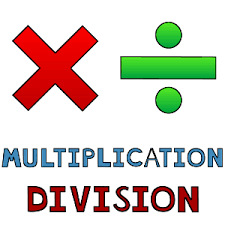
Work through these activities below to improve your multiplication and division skills:
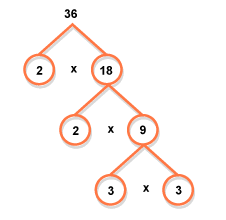
1. Factors
A factor is any number that can be multiplied to another number to make a total. If you know the times tables calculations then you can use this knowledge to work out factors. The easiest way to understand factors is to work through some examples:
1 x 10 = 10 so the numbers 1 and 10 are factors of 10
2 x 5 = 10 so the numbers 2 and 5 are factors of 10
So all the factors of 10 are 1, 2, 5, 10 (it is common to write the factors out in size order from smallest to largest).
Task: Write out all the factors of 12, 18, 20, 24, 30, 36, 42 (tip – don’t forget that 1 and the number itself are both factors as well).
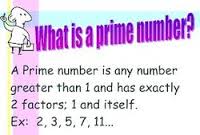
2. Prime Numbers
Prime numbers have only two factors – itself and the number 1. For example, 7 is a prime number but 6 is not because the factors of 6 are 1, 2, 3, 6 whereas the only factors of 7 are 1, 7.
Question: 2 and 3 are prime numbers but 4 is not – why is this statement true?
Task: Write out all the numbers from 1 to 50. Circle the prime numbers, explain why they are prime numbers.
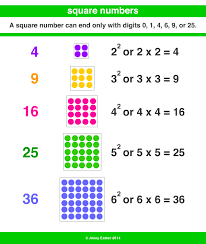
3. Square numbers and cubed numbers
A square number is a number that is multiplied by itself – for example 3 x 3 = 9 so 3 squared is 9 you may see it written like this as well – the square of 3 is 9.
Task: Write the square of every number from 1 to 12.
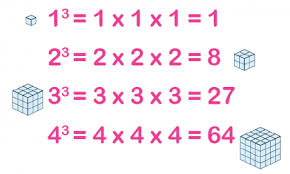
A cubed number is a number multiplied by itself three times. For example 3 cubed is 3 x 3 x 3 = 27. 3 x 3 = 9 then multiply this by 3 to get the answer 27.
Task: Write the cube of every number from 1 to 10.
Extension question: answer these questions (the first one has been completed by way of an example):
1. 2 squared add 2 cubed – first calculate 2 squared (2 x 2 = 4) then calculate 2 cubed (2 x 2 x 2 = 16) then add the two totals together, so 4 + 16 = 20
2. 3 squared add 3 cubed
3. 4 squared add 4 cubed
4. 5 squared add 5 cubed

4. Multiplication Shortcuts
A short cut for when you’re multiplying by 2-digit multiples of 10 (i.e. 20, 30, 40, 50, 60, 70, 80 and 90)
24 x 60 can be calculated by multiplying 24 by 6 (which equals 144) and then multiplying that total by 10 (144 x 10 = 1440).
We can use this shortcut because we know that 60 is comprised of 10 x 6 so any number multiplied by 60 can be multiplied by 6 and then by 10.
37 x 80 = (37 x 8 = 296) then multiply by 10 (296 x 10 = 2960) so the total is 2960
Task: use this short cut to calculate:
56 x 20 =
78 x 30 =
38 x 40 =
59 x 50 =
60 x 68 =
70 x 59 =
80 x 48 =
59 x 90 =
This is very useful. Thanks Mr. Antcliffe, it really helps!
Thank you Mr Antcliffe you really helped me improve my maths.
This will be very useful. I am going to use this all the time to help me with my multiplication and division test.
This is useful. Thank you Mr Antcliffe for putting this blog up.
How has it helped you with your Maths work Jeffrey?
These are a lot of help when you are struggling with mental maths tests.
This link for extra homework is very useful as it shows you about many things like factors, cubed and squared numbers, prime numbers and shortcuts, thank you Mr. Antcliffe.
Thank you Mr Antcliffe for putting this on the blog, this is very useful and is helping me in my lessons – thank you.